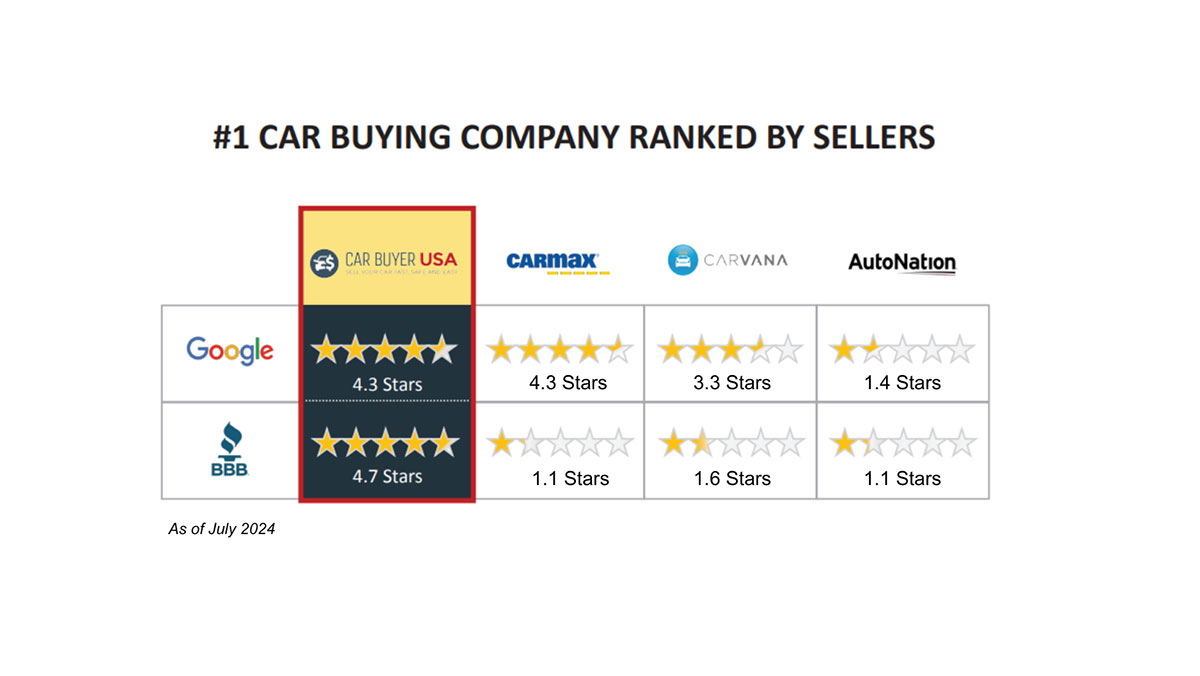
NADA Car Values are now J.D. Power Values!! For decades, the National Automobile Dealers Association (NADA), is now operating under the J.D. Power brand. Since rebranding under J.D. Power in 2021, NADA has continued to serve as a reliable benchmark for vehicle pricing across the nation. Yet, while their values offer a useful reference point, they may not always capture the nuances of local markets. National estimates often miss key regional factors, like local demand, economic trends, or geographical preferences—that heavily influence actual pricing. For instance, a 4x4 truck may be worth more in rural or mountainous areas than in cities. This broad-stroke approach can sometimes create a gap between NADA’s listed values and what vehicles actually sell for in specific areas.
Another consideration is NADA’s reliance on historical sales data from auctions, dealerships, and transactions, which helps establish consistent pricing but may not fully reflect current market conditions. If a particular model surges in popularity due to media attention or new features,their valuation could lag, potentially underestimating its current worth. Furthermore, NADA’s estimates typically assume a vehicle’s standard or average condition, which can miss the mark for vehicles with unique attributes, such as exceptional upkeep, customizations, or aftermarket modifications.
Because dealerships and lenders often rely on NADA values to guide trade-in offers and loan approvals, these figures carry significant influence in the industry. Dealerships may even strategically leverage their conservative pricing when offering trade-ins to maximize their own margins. While this platform does provide a foundation of value, this heavy reliance can sometimes lead to valuations that may not favor consumers. Furthermore, NADA and J.D. Power rely heavily on dealership transaction data, their values can sometimes skew higher than actual private sale prices. This emphasis on dealer data may disadvantage private buyers and sellers, as the values may be inflated compared to what they would see in non-dealer transactions. Although these guides try to account for geographic differences, they don’t always capture unique local market conditions.
Their data collection process behind valuations is rigorous, involving multiple data sources and complex analysis. However, the volume and diversity of data mean that even with regular updates, these valuations may not always keep pace with a rapidly changing market. NADA and J.D. Power vehicle valuations, widely used by dealers, insurers, and lenders, have some drawbacks that can impact their accuracy and relevance for buyers and sellers. One issue is that these guides may not reflect real-time market conditions. They are typically updated monthly or quarterly, which makes them less responsive to sudden shifts in supply and demand, leading to valuations that don’t always align with the current market.
The accuracy of these guides also declines for older or rare models. With limited historical data on specialty or vintage cars, the guides may produce values that don’t reflect the true worth of such vehicles, which can be frustrating for their owners. Additionally, NADA and J.D. Power values tend to reflect dealer pricing more closely than private-party transactions, often resulting in higher valuations. This can be misleading for those trying to buy or sell in the private market, where prices are typically lower. While NADA remains a valuable resource, it’s best viewed as an initial reference rather than a definitive valuation. To gain a more comprehensive understanding of a vehicle’s true market worth, consider using additional resources like Kelley Blue Book, recent online sales listings, or appraisals from local dealerships. By combining multiple sources, buyers and sellers can make more informed decisions and arrive at a fairer price. These guides offer limited gradation for vehicle condition, often using broad categories like “Excellent,” “Good,” or “Fair.” This limited scope can lead to discrepancies, as it may not accurately capture the condition of vehicles that don’t fit neatly within these categories.
These limitations mean that NADA and J.D. Power values are helpful as "rough guidelines," but they don’t always capture the nuances of the current market. Keep in mind: when sellers ask a used car expert, “What’s my car worth?” and the response will always be, “It’s only worth what someone is ready to pay for it today!”


